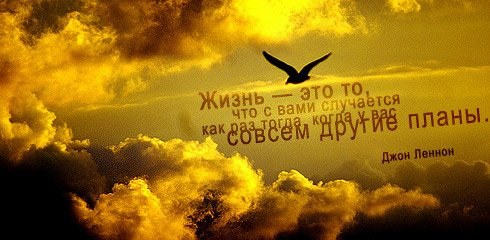Instruction
1
Quote exactly conveys someone's words or an excerpt of the text. The rules must include the author's name and link to the source from which the quote is taken. In this case, the citation will not be considered plagiarism. The person using the quote properly, not responsible for its content. The quotation does not end from one word (e.g., a neologism invented by the author) to several sentences and paragraphs.
2
Graphic selection tool quotes identificeret text as borrowed. The citation is in quotation marks (" ", " ") or allocated font and may be issued as direct speech or to be part of the indirect, as well as begin introductory words and constructions. If the original text is incomplete, a blank is denoted by the dot, including the angle brackets (). Sometimes, after the quotes put a copyright symbol ( © ) denoting copyright, followed by name of the author and source of borrowing. In an e-mail quoting is usually allocated right angle brackets ( >) before each line. Quotes from poems do not require quotation marks, if observed line. On the Internet it is customary to indicate the source of the quoted text as a link to the relevant page of the website.
3
Quoting can be used for different purposes. It is customary in the scientific literature, where the required accuracy of information transfer. Sometimes quotes help the speaker more clearly articulate his thoughts or add speech expressiveness. Often used in school works to confirm the correctness of his own reasoning. Quotations can act as epigraphs, which are placed in the upper right corner before the main text (e.g. a book or essay).
